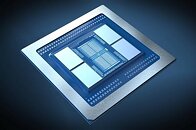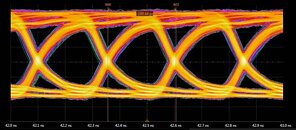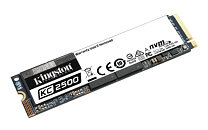
NVIDIA Announces Mellanox InfiniBand for Exascale AI Supercomputing
NVIDIA today introduced the next generation of NVIDIA Mellanox 400G InfiniBand, giving AI developers and scientific researchers the fastest networking performance available to take on the world's most challenging problems.
As computing requirements continue to grow exponentially in areas such as drug discovery, climate research and genomics, NVIDIA Mellanox 400G InfiniBand is accelerating this work through a dramatic leap in performance offered on the world's only fully offloadable, in-network computing platform. The seventh generation of Mellanox InfiniBand provides ultra-low latency and doubles data throughput with NDR 400 Gb/s and adds new NVIDIA In-Network Computing engines to provide additional acceleration.
As computing requirements continue to grow exponentially in areas such as drug discovery, climate research and genomics, NVIDIA Mellanox 400G InfiniBand is accelerating this work through a dramatic leap in performance offered on the world's only fully offloadable, in-network computing platform. The seventh generation of Mellanox InfiniBand provides ultra-low latency and doubles data throughput with NDR 400 Gb/s and adds new NVIDIA In-Network Computing engines to provide additional acceleration.







































